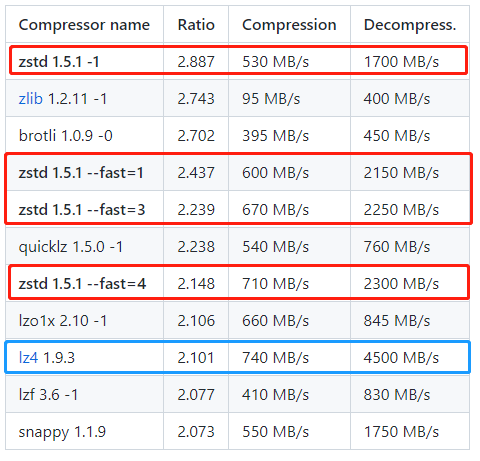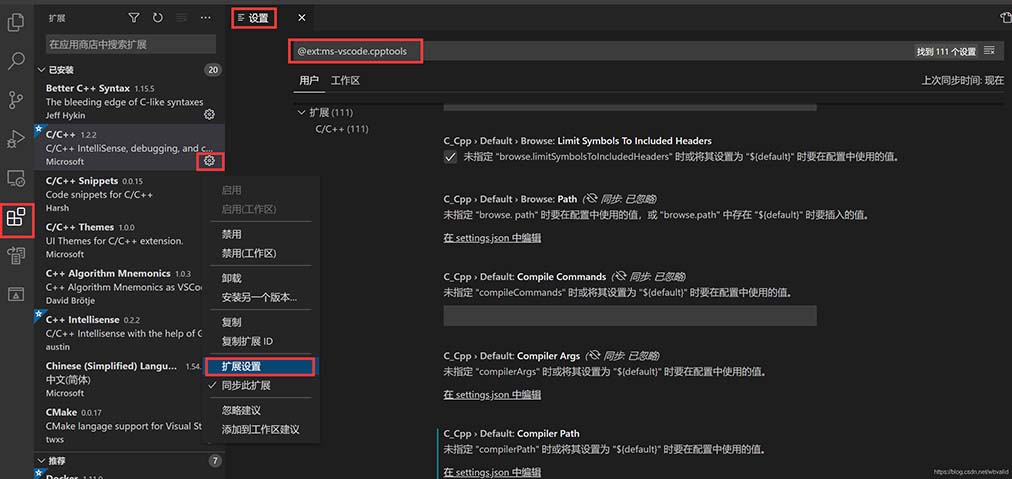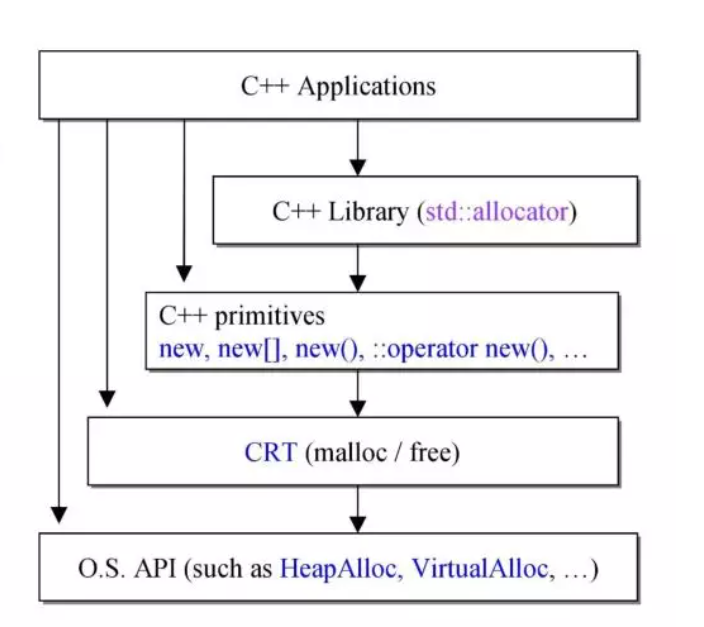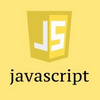C语言提供了丰富的操作符,有:算术操作符,移位操作符,位操作符,赋值操作符,单目操作符,关系操作符,逻辑操作符,条件操作符等。接下了让我们探究一下数组操作符的重载
一、字符串类的兼容性
问题:string 类对象还具备 C 方式字符串的灵活性吗?还能直接访问单个字符吗?
- string 类最大限度的考虑了 C 字符串的兼容性
- 可以按照使用 C 字符串的方式使用 string 对象
下面看一个用 C 方式使用 string 类的示例:
#include <iostream>
#include <string>
using namespace std;
int main()
{
string s = "a1b2c3d4e";
int n = 0;
for (int i = 0; i < s.length(); i++)
{
if (isdigit(s[i]))
{
n++;
}
}
cout << n << endl;
return 0;
}输出结果如下:
二、重载数组访问操作符
问题:类的对象怎么支持数组的下标访问?
被忽略的事实
- 数组访问符是 C/C++ 中的内置操作符
- 数组访问符的原生意义是数组访问和指针运算
下面进行指针与数组的复习:
#include <iostream>
#include <string>
using namespace std;
int main()
{
int a[5] = {0};
for (int i = 0; i < 5; i++)
{
a[i] = i;
}
for (int i = 0; i < 5; i++)
{
cout << *(a + i) << endl; //cout << a[i] << endl;
}
cout << endl;
for (int i = 0; i < 5; i++)
{
i[a] = i + 10; //cout << a[i] <<endl;
}
for (int i = 0; i < 5; i++)
{
cout << *(i + a) << endl;
}
return 0;
}输出结果如下:
数组访问操作符([ ])
- 只能通过类的成员函数重载重载
- 函数能且仅能使用一个参数
- 可以定义不同参数的多个重载函数
#include <iostream>
//#include <string>
using namespace std;
class Test
{
int a[5];
public:
int& operator [] (int i)
{
return a[i];
}
int& operator [] (const string& s)
{
if (s == "1st")
{
return a[0];
}
else if (s == "2nd")
{
return a[1];
}
else if (s == "3rd")
{
return a[2];
}
else if (s == "4th")
{
return a[3];
}
else if (s == "5th")
{
return a[4];
}
}
int length()
{
return 5;
}
};
int main()
{
Test t;
for (int i = 0; i < t.length(); i++)
{
t[i] = i;
}
for (int i = 0; i < t.length(); i++)
{
cout << t[i] << endl;
}
cout << endl;
cout << t["5th"] << endl;
cout << t["4th"] << endl;
cout << t["3rd"] << endl;
cout << t["2nd"] << endl;
cout << t["1st"] << endl;
return 0;
}输出结果如下:
这个示例说明可以将字符串作为下标访问数组。
所以之前写的数组类的代码可以进一步完善啦:
IntArray.h:
#ifndef _INTARRAY_H_
#define _INTARRAY_H_
class IntArray
{
private:
int m_length;
int* m_pointer;
IntArray(int len);
IntArray(const IntArray& obj);
bool construct();
public:
static IntArray* NewInstance(int length);
int length();
bool get(int index, int& value);
bool set(int index ,int value);
int& operator [] (int index);
IntArray& self();
~IntArray();
};
#endifIntArray.cpp:
#include "IntArray.h"
IntArray::IntArray(int len)
{
m_length = len;
}
bool IntArray::construct()
{
bool ret = true;
m_pointer = new int[m_length];
if( m_pointer )
{
for(int i=0; i<m_length; i++)
{
m_pointer[i] = 0;
}
}
else
{
ret = false;
}
return ret;
}
IntArray* IntArray::NewInstance(int length)
{
IntArray* ret = new IntArray(length);
if( !(ret && ret->construct()) )
{
delete ret;
ret = 0;
}
return ret;
}
int IntArray::length()
{
return m_length;
}
bool IntArray::get(int index, int& value)
{
bool ret = (0 <= index) && (index < length());
if( ret )
{
value = m_pointer[index];
}
return ret;
}
bool IntArray::set(int index, int value)
{
bool ret = (0 <= index) && (index < length());
if( ret )
{
m_pointer[index] = value;
}
return ret;
}
int& IntArray::operator [] (int index)
{
return m_pointer[index];
}
IntArray& IntArray::self()
{
return *this;
}
IntArray::~IntArray()
{
delete[]m_pointer;
}main.cpp:
#include <iostream>
#include <string>
#include "IntArray.h"
using namespace std;
int main()
{
IntArray* a = IntArray::NewInstance(5);
if( a != NULL )
{
IntArray& array = a->self();
cout << "array.length() = " << array.length() << endl;
array[0] = 1;
for(int i=0; i<array.length(); i++)
{
cout << array[i] << endl;
}
}
delete a;
return 0;
}输出结果如下:
三、小结
- string 类最大程度的兼容了 C 字符串的用法
- 数组访问符的重载能够使得对象模拟数组的行为
- 只能通过类的成员函数重载数组访问符
- 重载函数能且仅能使用一个参数
到此这篇关于C++超详细讲解数组操作符的重载的文章就介绍到这了,更多相关C++数组操作符重载内容请搜索编程学习网以前的文章希望大家以后多多支持编程学习网!
沃梦达教程
本文标题为:C++超详细讲解数组操作符的重载


猜你喜欢
- 详解C语言中sizeof如何在自定义函数中正常工作 2023-04-09
- C语言手把手带你掌握带头双向循环链表 2023-04-03
- ubuntu下C/C++获取剩余内存 2023-09-18
- Easyx实现扫雷游戏 2023-02-06
- Qt计时器使用方法详解 2023-05-30
- C++ 数据结构超详细讲解顺序表 2023-03-25
- C语言详解float类型在内存中的存储方式 2023-03-27
- c++ const 成员函数,返回一个 const 指针.但是返回的指针是什么类型的 const? 2022-10-11
- 我应该为我的项目使用相对包含路径,还是将包含目录放在包含路径上? 2022-10-30
- C语言qsort()函数的使用方法详解 2023-04-26









